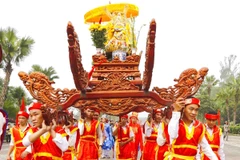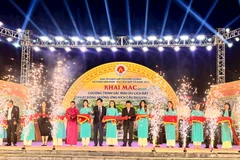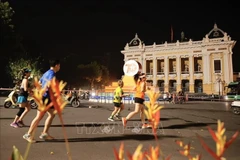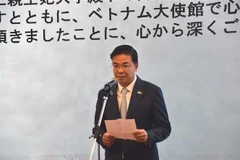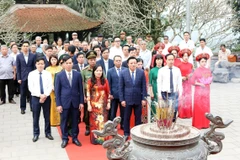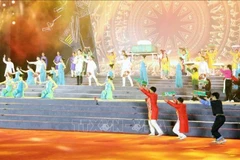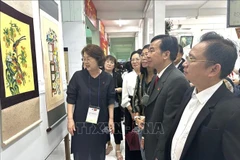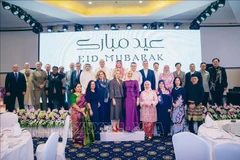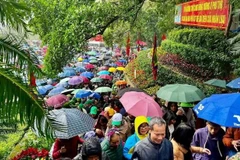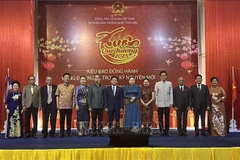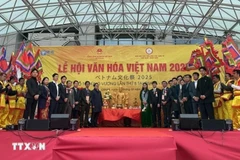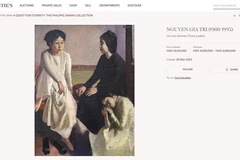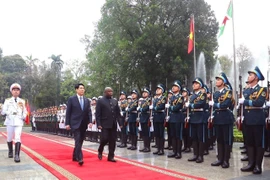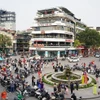The street,opened from April 1-8 by the provincial People’s Committee and theVietnam Cultural Heritage Association, looks to honour local andnational cultural heritage values.
Visitors couldsee prominent world and national cultural heritage reproductionsconverged on the street, such as the Citadel of the Ho Dynasty (ThanhHoa), Ha Long Bay (northern Quang Ninh province), Thang Long imperialcitadel (Hanoi), Ninh Binh ancient capital in Trang An landscapecomplex, Ngo Mon (Noon Gate) in Hue imperial city, Hoi An ancient town,and My Son holy site (central Quang Nam province).
They are also able to tour popular tourist attractions in the provincesuch as Ham Rong bridge, Ba Trieu temple, and Lam Kinh historical relicsite.
The same day, the provincial People’sCommittee coordinated with the Ninh Binh provincial Department ofCulture, Sports and Tourism to kick off a photo exhibition featuring thenational flower lotus and the historical relic sites, trade villages,and traditional customs of northern Ninh Binh province.
Ninh Binh is home to a number of must-see destinations, including theTrang An tourism complex - a UNESCO-recognised cultural and naturalheritage site, Tam Coc–Bich Dong caves, Phat Diem stone church, CucPhuong National Park, Van Long Nature Reserve, Kenh Ga hot springs, andBai Dinh pagoda – the largest Buddhist cultural and spiritual centre inVietnam.
The exhibition aims to connect worldheritage in the central province of Thanh Hoa with those in othercities and provinces across the country.
The 2015National Tourism Year will open on April 3 in Thanh Hoa province with aspecial art performance featuring Vietnamese world intangible culturalheritage such as “nha nhac” (royal court music), “quan ho” (love duet)of Bac Ninh, Vi-Dam singing (two kinds of folk music from central NgheAn and Ha Tinh provinces, and “don ca tai tu” (amateur singing).-VNA
